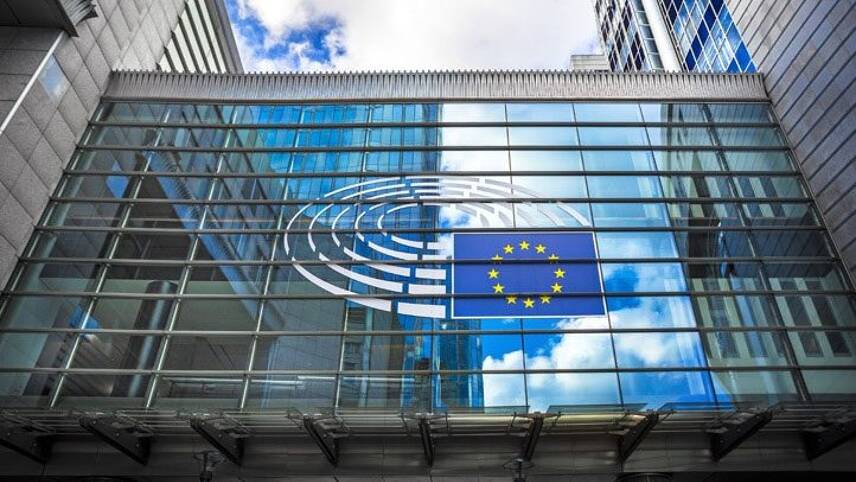Register for free and continue reading
Join our growing army of changemakers and get unlimited access to our premium content

A central plank of the EU’s Green Deal, they aim to push more capital towards sustainable activities by injecting discipline into the ESG market.
An overarching goal of this regulatory agenda is to provide transparency to an occasionally opaque sustainable investment industry. In much the same way as consumers can evaluate the energy performance of household appliances (A-G), soon investors should be able to more easily ascertain how sustainable a fund really is.
These changes are welcome as, given the growth in the industry, many funds have been quick to make bold claims about their sustainability credentials. However, any credibility may disappear once their investment objective or process of selecting investments is closely scrutinised. In 2020 alone, according to Morningstar, 330 new sustainable funds were launched in Europe, highlighting the need for more rigorous inspection.
The dramatic asset shift has been overshadowed by concerns that some asset managers have been overstating their sustainability credentials to win business so-called “greenwashing”. Given the array of funds now available to investors, it is imperative to the future health of the industry that investors can have trust that the fund they have selected does what it claims to do.
The SFDR does not directly apply to PLCs but to their shareholders; defined as financial market participants (FMPs) and financial advisors. FMPs are defined as professional players in the financial market, like pension funds, asset managers, insurance companies, banks, venture capital funds, credit institutions offering portfolio management, or financial advisors. The regulation applies to FMPs whose business is in Europe, non-EU FMPs (and their subsidiaries) who do business in the EU or sell products to the EU, and non-EU firms that sub manages EU assets or funds. In essence, any global asset managers that are marketing their funds in Europe will be subject to SFDR.
As of March 10th 2021, asset managers will be required to disclose policies and process around ESG integration as well as a basic level of disclosure at a portfolio level. These measures represent Level 1 of regulation with a further Level 2 to follow.
The main area of controversy around SFDR has been the Regulatory Technical Standards (RTS), which form part of the Level 2 requirements where asset managers must disclose a highly challenging set of “principal adverse impacts”. These Principal Adverse Impacts (PAI) consists of a list of sustainability factors (e.g. Greenhouse Gas emissions, waste, biodiversity, human rights) that firms need to start taking into consideration in their investment policies and decisions. It consists of mandatory and voluntary indicators, both related to environmental and social topics.
During the consultation period, the overwhelming feedback from the asset management community was that the data requirements exceeded what was currently disclosed by the vast majority of PLCs and the timeline expected to provide reporting on this data was too short. On the basis of this feedback, the need for asset managers to disclose the more complex of these adverse impact indicators was postponed, giving asset managers time to prepare for their eventual release. The timeline for entity-level reporting on PAI indicators for those who take PAI into account was moved to June 2023, reporting over the reference period in 2022.
For PLCs, the downstream impact of these regulatory requirements is that corporate disclosures, particularly around environmental issues, have moved from “nice-to-have” to “must-have”. They also have moved to best in class verified benchmarks versus vaguer self-declared. Companies that fail to make appropriate disclosures will become increasingly difficult to invest in.
While the immediate impact may have lessened by the delay of Level 2 requirements. In the meantime, we can expect to see asset managers scramble to ensure that they are ready when the time comes to release these portfolio level disclosures.
The direction of travel for PLCs is clear the SFDR is a gamechanger, and it is redefining ESG disclosures.
This again underlines the need for corporates to take a proactive approach to sustainability that seeks to pre-empt the requirements of this, or any other, regulation and any future demands of investors, including those that arise from engagement activity. The good news for people and the planet is that it should drive sustainable market transformation quicker.
Amy O’Dwyer, Davy Horizons, Brian Kennedy, Davy Global Fund Management



Please login or Register to leave a comment.